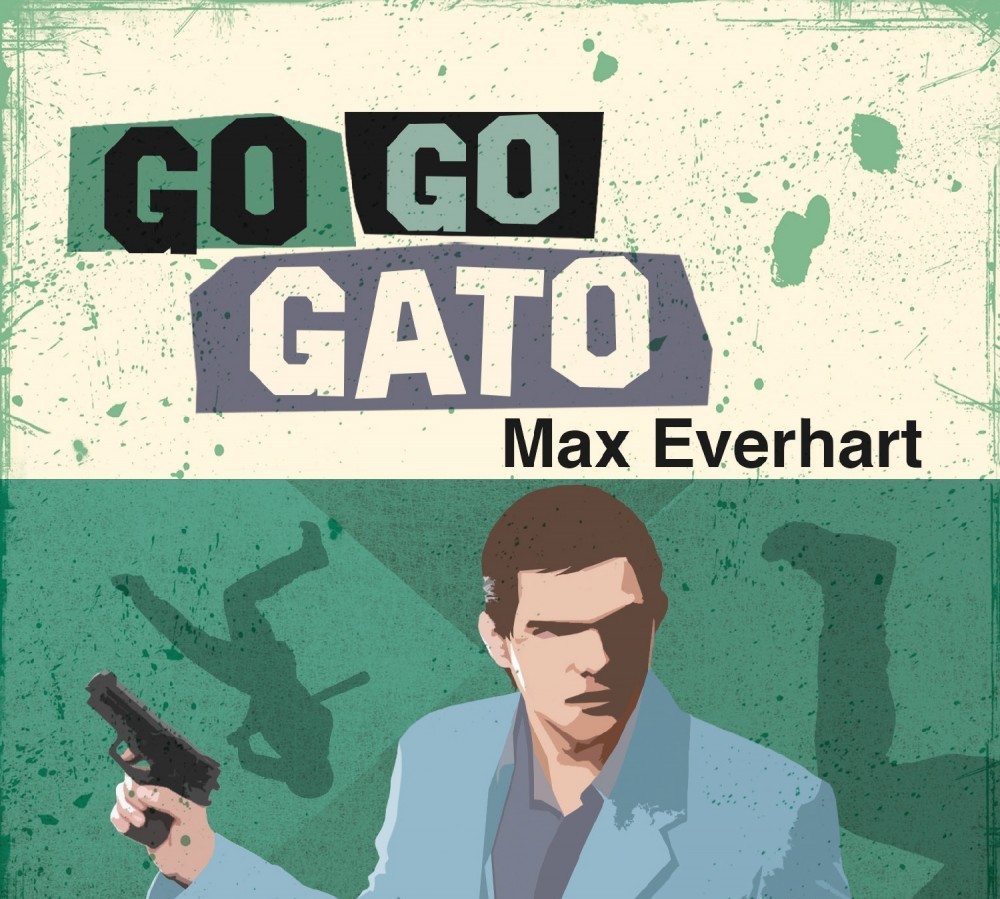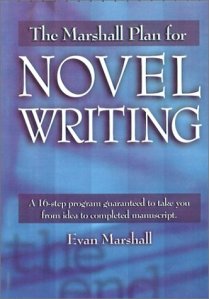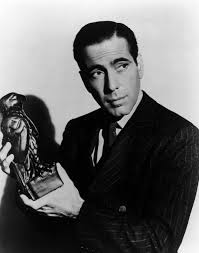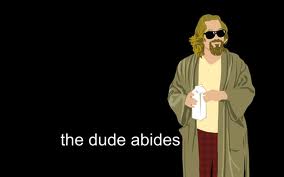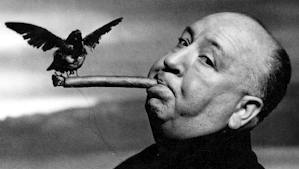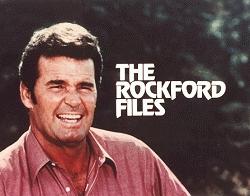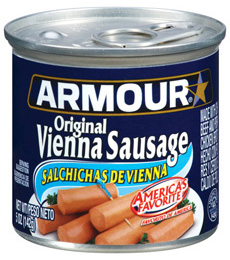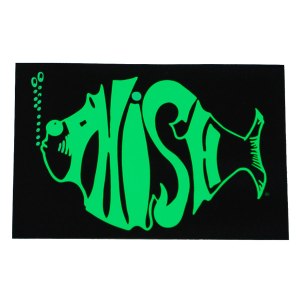Years ago, I skimmed Evan Marshall’s book The Marshall Plan for Novel Writing. At the time, I was an undergraduate English major who did more drinking and talking about writing than actual writing, so the book didn’t really make much of an impression on me. Cut to six years later. I was in a graduate program for Creative Writing, and my professors, all accomplished writers with decades of wisdom and knowledge, were explaining to me, in laborious detail, just how much work it was to write well, and it finally dawned on me that I needed to work on my craft. So I dragged a desk, a laptop, and The Marshall Plan for Novel Writing into the windowless closet of my 400-square foot apartment and got to work. One of the first sections of the book I read (and re-read, and annotated, and applied) was Marhsall’s section on breaking bad writing habits. Suffice to say, I was a serial offender (and still am before revisions), and I wanted to pass a few of these along. I’ve excerpted several very helpful tips below from Marshall’s website, which I’ve also linked to at the bottom of the page. Read and apply!
1)Identify Character Perspective at the Beginning of Each New Chapter
A globally popular mystery writer often likes to start a chapter or new section without identifying which character she’s writing about—the character is “he” or “she” and we scratch our heads, trying to guess who it is, until the writer decides to tell us. Then, once we know, we have to go back and reread those paragraphs to get the fully import of what’s been written.
Perhaps the most common bad writing habit is “She nodded.” “He nodded.” One book I read recently had so much nodding that I had a picture in my mind of a bunch of bobble-head dolls, like in the back window of a car.
A common bad writing habit is “Morse Code”: constant use of dots (ellipses) and dashes. This is frequently a beginner’s habit. Characters are always trailing off or being interrupted. Remember, fiction is like life, only neater. Try to let speakers finish speaking whenever possible, and save the Morse Code for when it’s really necessary.
Delete unnecessary details. Not: He opened the cupboard, took out a can of beans, opened the drawer, took out the can opener, and opened the can of beans. But: He opened a can of beans. . .Don’t describe what doesn’t need describing. We all know what certain things look like. Describe an object only if it differs from what we’d expect.
Spare us the weather reports. If the weather matters, describe it quickly and move on.
